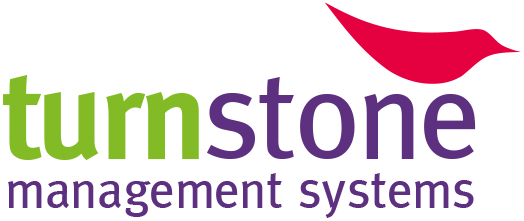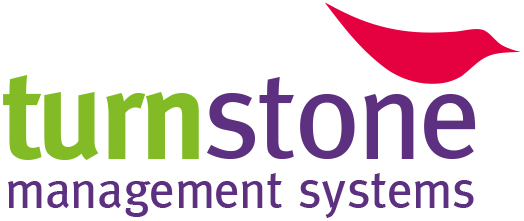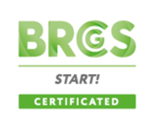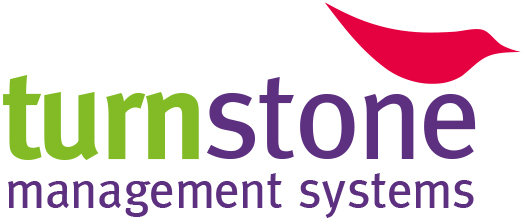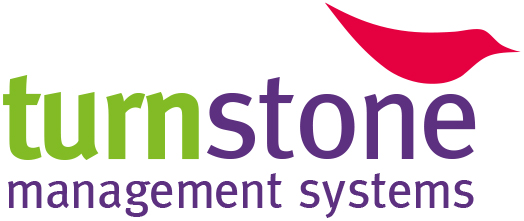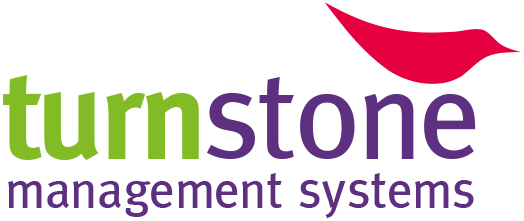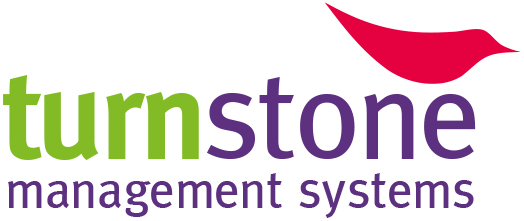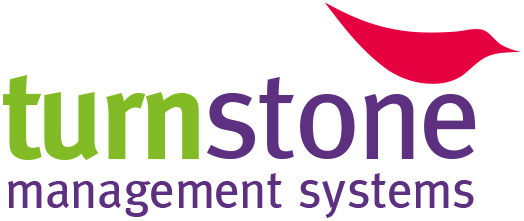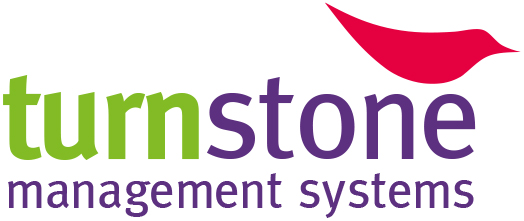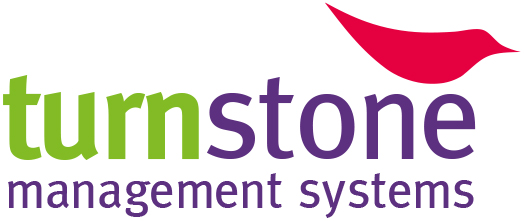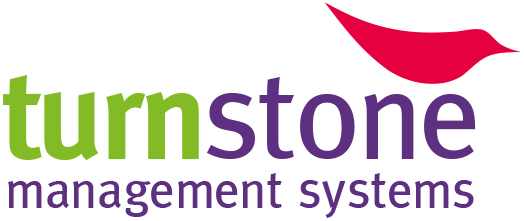Title Page
-
Site conducted
-
Date
-
Inspection completed by
-
Location
-
Scope of inspection (i.e. if looking at a specific area detail, otherwise the report should be completed in full).
Safety Inspection
Documentation / Communication
-
Is there an Employer Liability Certificate displayed on site?
-
Is there RAMS in place for all activities / equipment?
-
Has the significant findings been communicated to employees and adequate training given?
-
Have H&S Committee meetings been held as per the annual schedule?
-
Are actions arising from these meetings being closed out?
-
Is there a displayed Health and Safety Policy Statement, signed and dated on site?
-
Is there a displayed Quality and/or Environmental Policy Statement, signed and dated on site?
-
Are toolbox talks carried out to all employees and contractors (if applicable)?
-
When was the last toolbox talk conducted? Include details and photo evidence of sign off.
Signage
-
Is the HSE Law poster displayed?
-
Is the HSE Law poster completed and up to date?
-
Is there appropriate signage in place for the activities happening on site?
-
Is all signage legible and clean?
-
Are road signs used (as in the Highway Code) installed where necessary?
-
Are roadways marked where necessary e.g. to indicate the right of way at road junctions?
First Aid
-
Are there fully trained first aiders?
-
Is there signage displayed stating who the first aiders are?
-
Are first aid arrangements communicated to visitors, third parties?
-
Is first aid training within date?
-
Is there adequate first aid boxes on site?
-
Are the first aid boxes appropriate for the potential injuries which could occur?
-
Are first aid boxes checked in line with the company first aid policy?
-
Are these checks being recorded?
Welfare Facilities
-
Are toilets kept in a clean and orderly condition?
-
Is there warm and cold water?
-
Is there a 'warning hot water' sign in place?
-
Is there antibacterial hand soap available?
-
Is there suitable hand drying arrangements in place?
-
Is there drinking water available?
-
Is the cleaning rota being adhered to and completed in full?
-
Is there suitable changing rooms and lockers?
Fire Precautions
-
Are fire doors and escape routes clear?
-
Are combustible and flammable materials present only in the quantities needed for the job at hand?
-
Are combustible and flammable materials kept in containers during use?
-
Are hazardous materials stored in approved containers and away from ignition sources?
-
Are fire extinguishers inspected and located along commonly travelled routes, and close to possible ignition sources?
-
Are fire precautions checked internally i.e. fire alarms, emergency lighting, fire extinguishers?
-
Is fire procedures communicated to visitors and third parties?
-
Has a fire drill been completed in the past 6 months?
Storage
-
Are visual inspections completed of stored waste at a minimum of once per week?
-
Is this visual inspection recorded?
-
Are pallets stacked directly on top of each other?
-
Are pallets overhanging on racking?
-
Is racking inspected annually by a competent person?
Managing Workplace Transport
-
Are supervisors, drivers and others, including contractors and visiting drivers, aware of the site rules and their responsibilities to help maintain a safe workplace and environment?
-
Are drivers driving with care i.e. using the correct routes, driving within the site speed limit and following site rules of pedestrian / vehicle safe distances?
-
Are there arrangements in place to ensure drivers and other employees have enough time to complete their work without rushing or working excessive hours?
-
Are safe methods of work being followed for coupling, uncoupling, securing loads and access, egress to vehicles?
-
Is maintenance being completed in line with the Operator Licence stipulated frequency?
Site Layout and Internal Traffic Routes
-
Are vehicles and pedestrians kept safely apart?
-
Are vehicle and pedestrian safe distances being adhered to?
-
Is there suitable pedestrian crossing places on vehicle routes?
-
Is there a safe pedestrian route that allows visiting drivers to report for instructions when entering the site?
-
Is there a properly designed and signed one way system used on vehicle routes within the workplace (where possible)?
-
Are there adequate numbers of suitable and safe parking places for all vehicles and are they used?
-
Is the level of lighting in each area sufficient for the pedestrian and vehicle activity?
Vehicle Traffic Route suitability
-
Are they wide enough?
-
Do they have firm and even surfaces?
-
Are they free from obstructions and other hazards?
-
Are they well maintained?
-
Do they avoid sharp or blind bends?
Coupling / uncoupling
-
Are the tractor and trailer parking brakes always applied before the hoses are disconnected?
-
Do drivers check the ground will support the trailer and landing legs before uncoupling?
-
Are landing legs always fully extended, properly padded and locked in place as necessary?
-
Is the platform area behind the tractor unit kept clear, as clean as possible and well lit to help prevent falls?
Loading / Unloading Activities
-
Are loading/unloading operations carried out in an area away from passing traffic, pedestrians and others not involved in the loading/unloading operation?
-
Are the load(s), the delivery vehicle(s) and the handling vehicle(s) compatible with each other?
-
Are loading/unloading activities carried out on ground that is flat, firm and free from potholes?
-
Are the vehicles braked and/or stabilised, as appropriate, to prevent unsafe movements during loading/unloading operations?
-
Are systems in place to prevent vehicles driving away while they are still being (un)loaded?
-
Are drivers and others kept in a safe place away from the vehicle during (un)loading?
-
If drivers need to observe loading, is there a clearly marked, safe area for them to do this?
-
Has the need for people to go onto the load area of the vehicle been eliminated where possible and, if not, is safe access provided and used?
-
Is appropriate lifting equipment available for (un)loading vehicles?
-
Is loading/unloading carried out so that, as far as possible, the load is spread evenly to avoid the vehicle or trailer becoming unstable?
-
Are checks made to ensure loads are adequately secured and arranged so that they cannot move about?
-
Are checks made to make sure vehicles are not loaded beyond their capacity before they leave the site?
Tipping
-
Do visiting drivers report to the site manager for any relevant instructions before tipping?
-
Are non-essential staff excluded from tipping areas?
-
Does tipping take place on ground that is level and stable, where there are no overhead hazards such as power lines, pipework etc?
-
Where sites are not level and stable, are the tipping faces safe for vehicles involved in tipping operations, eg compacted with no side slopes?
-
Are suitably sized wheel stops provided for reversing tipping vehicles?
-
Are tailgates secured open before tipping or removed completely when necessary?
-
Do drivers check their loads are evenly distributed across the vehicle before tipping?
-
Do drivers know what to do if loads stick while tipping?
-
Do drivers always make sure the body is completely empty, and drive no more than a few metres forward to ensure the load is clear?
-
Is there a system of maintenance in place for the tipper and the tipping mechanism?
Sheeting / Unsheeting
-
Can the sheeting operation be carried out from the ground?
-
Are sheeting/unsheeting operations carried out in safe parts of the workplace, away from passing traffic and pedestrians and sheltered from strong winds and bad weather?
-
Are the vehicles parked on level ground with their parking brakes on and the ignition key removed?
-
Do you use automatic or mechanical sheeting systems to avoid the need for manual sheeting?
-
Where manual sheeting is unavoidable, is there a system in place which avoids the need for a person to climb on the vehicle or load, eg by sheeting from the ground or providing a platform from which loads can be sheeted?
Work at height on vehicles
-
Do you avoid work at height where it is reasonably practicable to do so, eg by doing work from the ground?
-
Where work at height cannot be avoided, do you prevent falls using an existing safe place of work or the right type of equipment, eg a suitable platform or a gantry with guard rails?
-
Where the risk of a fall cannot be eliminated, do you minimise the distance and consequences of a fall, eg using a personal fall-protection system?
-
Are surfaces slip-resistant where people need to walk on vehicles?
Vehicle Maintenance
-
Is there a regular preventative maintenance programme for every vehicle, carried out at set times or mileage (eg in accordance with manufacturer’s instructions)?
-
Is there a system for reporting faults on the vehicle and associated equipment and carrying out remedial work?
-
Where vehicle attachments lift people or objects, are thorough examinations carried out by a competent person?
-
Do drivers carry out basic safety checks before using the vehicle?
Chemical Storage & Flammable Materials
-
Are chemicals stored in the designated area?
-
Is bunding in place for all chemicals?
-
Are safety data sheets and COSHH assessments available for all chemicals?
-
Is health surveillance required for chemicals completed? (if yes detail in notes)
-
If follow up is required from health surveillance has this been completed?
Non Road Vehicles
-
Has specific vehicle training been completed and is it in date?
-
Are pre use inspections being completed?
-
Are defects being closed out and evidenced?
-
Are seatbelts being worn?
-
Are keys being left in vehicles when they are not in use?
-
Are non road vehicles being driven and used in compliance with training and RAMS?
Workplace Machinery
-
Are pre use inspections being completed on machinery?
-
Is there a maintenance program in place for machinery?
-
Are employees trained in the machinery they are using?
-
Are emergency stops clear and working?
-
Are all guards in place?
-
Is there any moving parts of the machine exposed which could cause injury to persons?
LOLER
-
Has all applicable equipment been subject to a statutory inspection (thorough examination) at the appropriate interval?
-
Is there a system in place to manage this to ensure it is inspected within the required timeframe?
Noise
-
Has a noise assessment been carried out?
-
Are area levels identified as being over 80dB?
-
Are area levels identified as being over 85dB?
-
Is hearing protection mandatory in these areas?
-
Is health surveillance being completed with applicable employees?
-
Have measures been taken to reduce the noise at the source?
Workplace Health
-
Has workplace health been considered for all work activities?
-
Does the company complete health surveillance in relation to activities completed?
-
Has the company produced, implemented and communicated a mental health at work plan?
-
Is your organisation providing employees with good working conditions, ensuring they have a healthy work life balance?
-
Is your organisation promoting mental health awareness among employees?
-
Is your organisation routinely monitoring employee mental health and wellbeing in my workplace?
-
Does your organisation promote effective people management, ensuring all employees have a regular conversation about their health and wellbeing?
-
Does your organisation encourage open conversations about mental health and the support available?
PPE
-
Does the company provide appropriate PPE to employees?
-
Is this PPE signed for by employees?
-
Were employees wearing PPE identified in RAMS during the safety tour?
-
Is there an appropriate replacement policy for PPE?
-
is there adequate storage arrangements for PPE?
Incident Management
-
Has there been any incidents / near misses since previous inspection?
-
If 'Yes' has a root cause investigation been completed and appropriate preventative action been implemented?
-
Was the action taken communicated to employees and effective?
-
Was the RAMS reviewed and updated as required?
-
Has there been any trends identified from recent incidents?
Environmental Controls
-
Is bunding in good condition? i.e. free from cracks or damage
-
Is there water or chemicals within the bund?
-
Are fuel tanks in good condition? i.e. free from cracks or damage
-
Is there evidence of spillages on site?
-
Are spill kits available on site?
-
Are spill bins clearly marked and being used?
-
Is there an interceptor on site?
-
Is content disposed of by an approved contractor?
-
Is it inspected by a competent person periodically?
-
Is applicable equipment switched off when not in use? i.e. vehicles, office, canteen equipment
-
Is there evidence of littering on site?
-
Are waste bins / skips being used to dispose of general waste?
-
Is firefighting equipment available should it be needed?
Housekeeping
-
Is there any eating and drinking evidence found outside of designed eating area?
-
Is there adequate housekeeping equipment & supplies in place?
-
Are flammable materials paints, solvents and other flammables stored in metal cabinet: oily rags in metal containers?
-
No materials or products are stored against the premises?
-
Suitable pest control used (if required)?
-
Is there a pest control folder with full details of location of traps etc (if pest control used)?
Electricity
-
If portable heaters are used, are they in good condition?
-
Has electrical appliances been PAT tested? Include dates here of samples inspected.
-
Were electrical appliances in good condition with no broken plugs, sockets, switches, no frayed or defective leads?
-
Has fixed installation electric testing occurred? NICEIC- Include date here.
-
Are electrical sockets being used correctly? E.g. not overloaded or broken.
